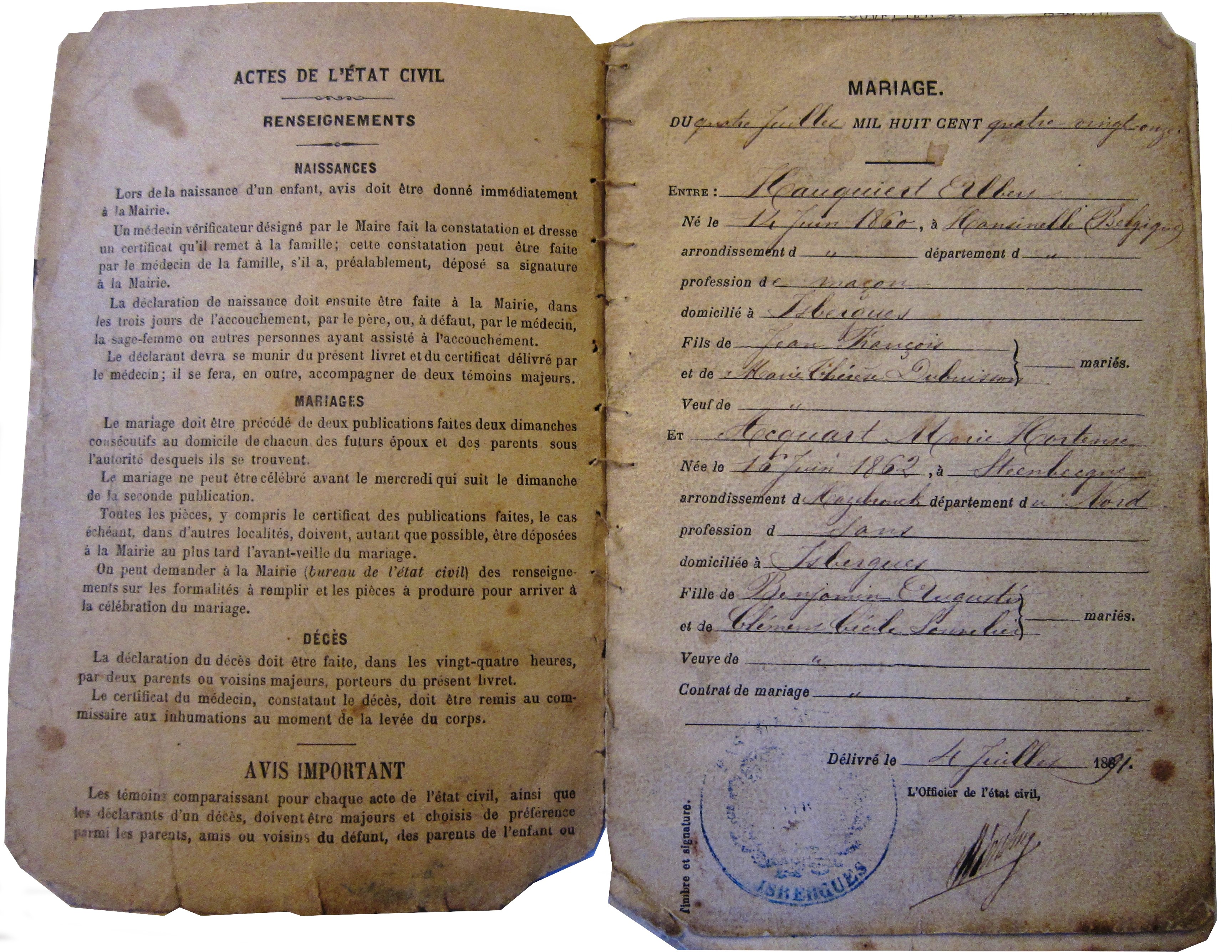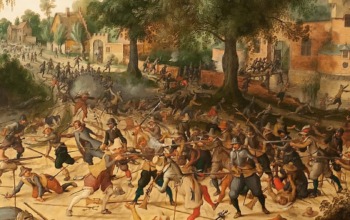5 dates you need to know about French civil registration
Here are 5 important dates in the history of French civil registration that will help you understand what records you will find for each period.
(If you can read some French, you can also read this very good post: Histoire de la création de l’état civil en France)
1539
In August 1539, the Ordinance of Villers Cotterêts was signed by Francis I of France. One of its consequences is that it required that priests record baptisms in specific registers.
In most parishes, it marks the beginning of baptismal records. This is why you will rarely be able to find parish records before this date. And it will be very difficult, if not impossible, to trace your family tree further back in time (except for noble families).
1579
The Ordinance of Blois was signed by Henri III of France in 1579. It decreed that marriages and burials should now also be recorded by priests. The main goal was to avoid clandestine weddings.
From this point forward, spouses had to prove their parents’ consent, marriages were to be celebrated with four witnesses, and they had to be recorded by the parish priest.
1667
In April 1667, the Ordinance of Saint Germain en Laye was signed by Louis XIV of France. This ordinance stated that two copies of the parish records should now be held. The goal was to avoid fraud, and to make sure that one copy of the records remained if the other one was destroyed.
This is why many of the parish records that can be found nowadays start around this date, as many of the previous records – which existed in only one copy – were destroyed.
In practice, this means that you will be able to trace most of your French roots back to the 1660s (except for some parts of France which suffered many damages during the wars).
1792
On September 20th, 1792, during the French Revolution, the National Legislative Assembly decreed that civil registration should now be managed by mayors. Existing parish records were taken from priests and given to mayors. New registers, held by civil officials, were then created in order to record births, marriages and deaths.
This marks an important turn in French civil registration, that you can still notice in the classification of records:
- before this date, records are called registres paroissiaux (parish records, as they were held by priests);
- after this date, they are called registres d’état civil (civil registers, held by mayors and civil officials).
It also changes the way records were held, and the type of information that we can find in those records. I wrote about this in more details in another post.
From this point forward, priests still had the right to record baptisms, burials and religious marriages in registers called registres de catholicité, which were kept in the parishes. But these records were not official anymore.
1871
In May 1871, during the Paris Commune, the city hall of Paris completely burned, along with all the city archives that it contained. All records of births, marriages and deaths in Paris before 1860 were destroyed. After this event, civil records had to be reconstructed with the use of family documents, parish records and notary records. But most of the records could not be recreated.
Consequently, it was decided to create a new record of civil registration: the family register (livret de famille), in 1877 for Paris and 1884 for the rest of France. Its goal was to serve as a third copy of civil records, and it had to be kept by families themselves. It recorded all information about the married couple and their children (dates of births and deaths).

So if you have ancestors who married in France after these dates, you might be able to find this record in your family archives.
Elise



Wow, thank you – that makes sense now. My question is – would French follow the similar suit as English with marrying at their own Parish, or would it more likely that they do at the Bride’s parish? Just trying to figure out where my ancestors would have come from as there are few places so far.
In France it was actually more common to marry at the bride’s parish. Even if the couple went to live in the groom’s parish afterwards, and had children there. This is why it is sometimes tricky to find marriage records, when we don’t know where the bride was from.
Elise
My father was an American GI stationed in France in the late 40’s. Before he died he told me I have a brother; the mother died giving birth and her sister requested my dad surrender his son to her. In 82 my husband and I were expecting our first child and I wrote to the address and received the letter back with profanity written across the envelope; I left everything alone but have alway wondered about him. The aunt hated my father. My dad said he last heard from him in the late 70’s, he was a psychiatrist with the British Navy. I’d appreciate your assistance
Hello, I am sorry, as a genealogist, I do not do this type of research.